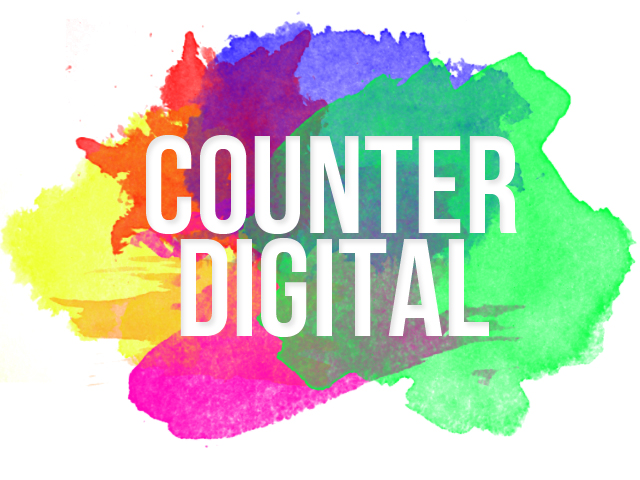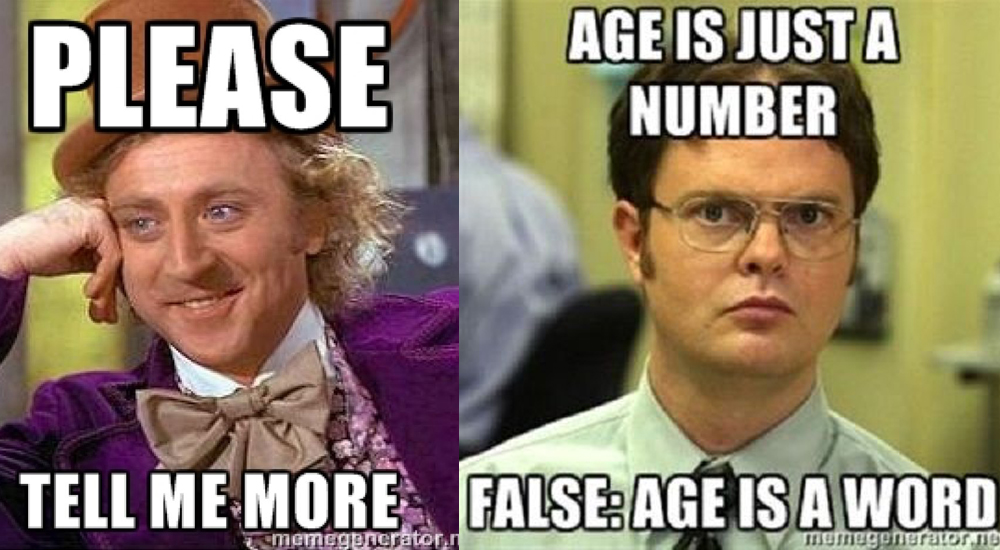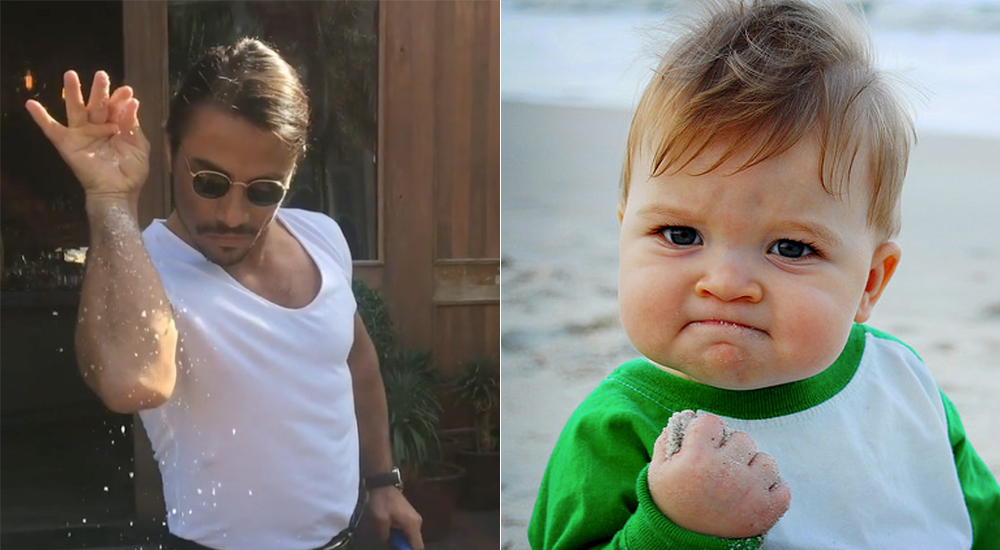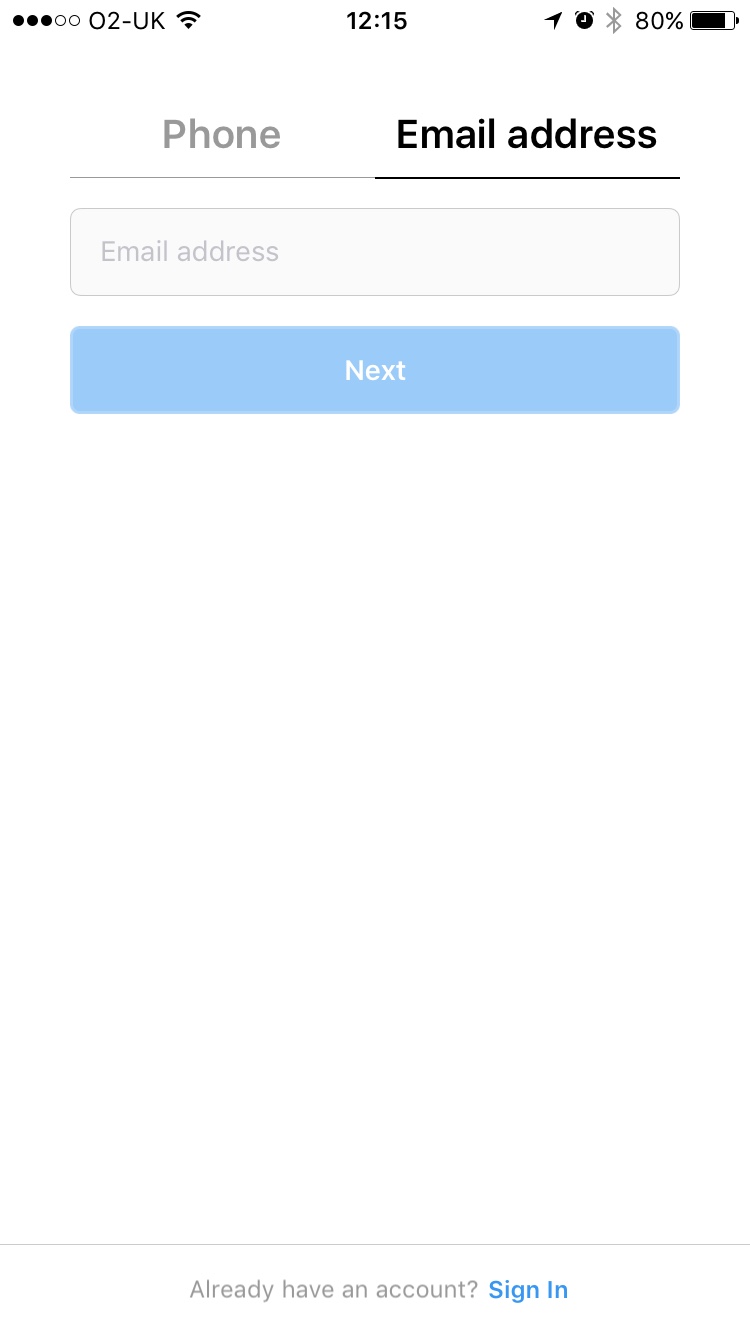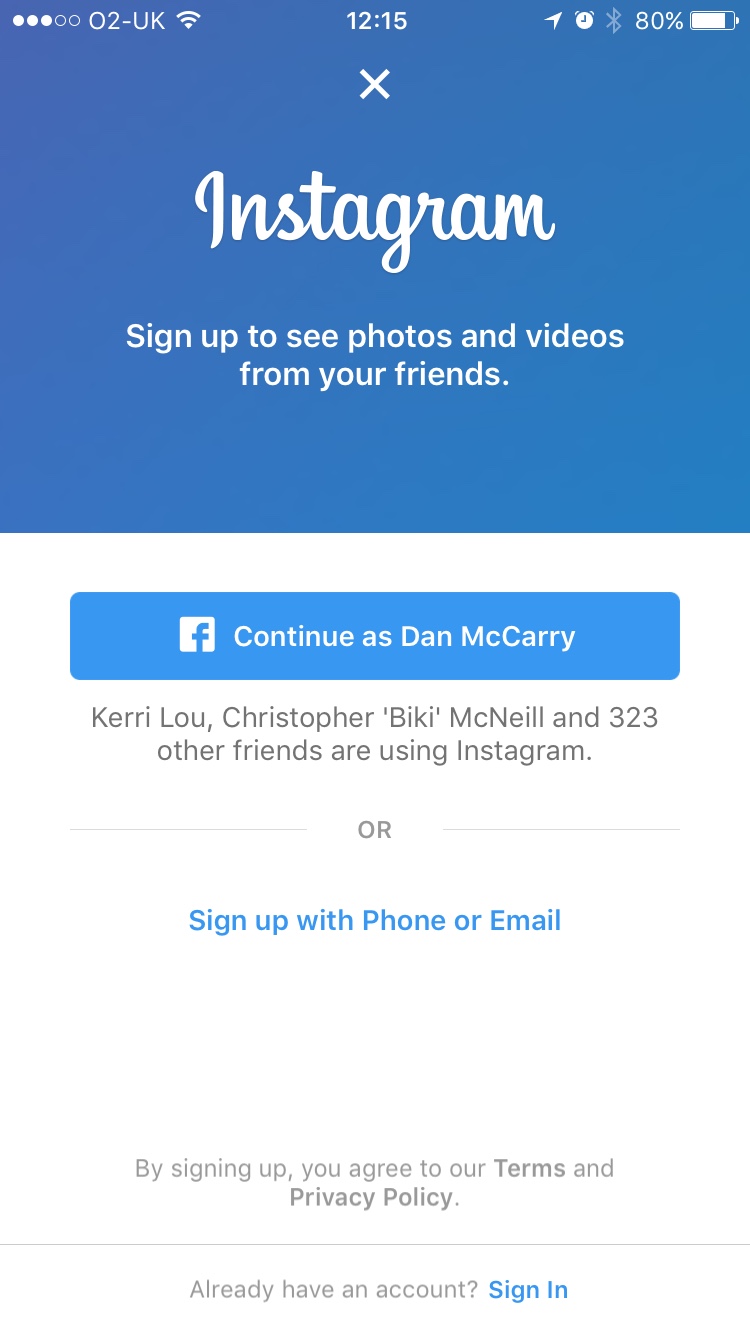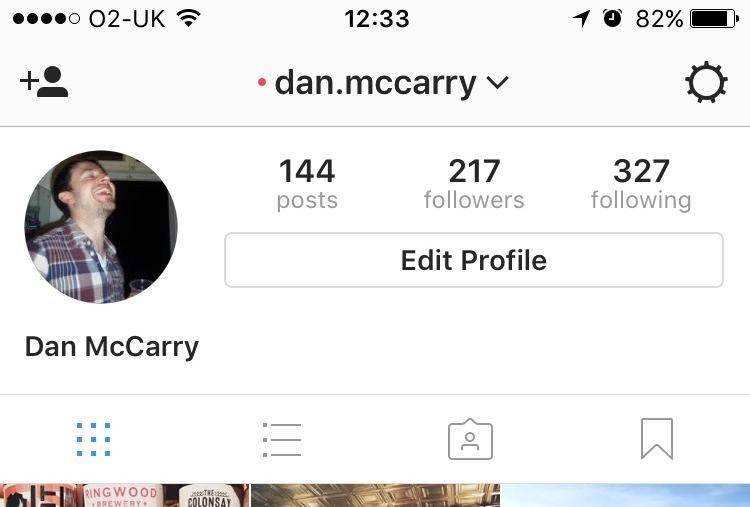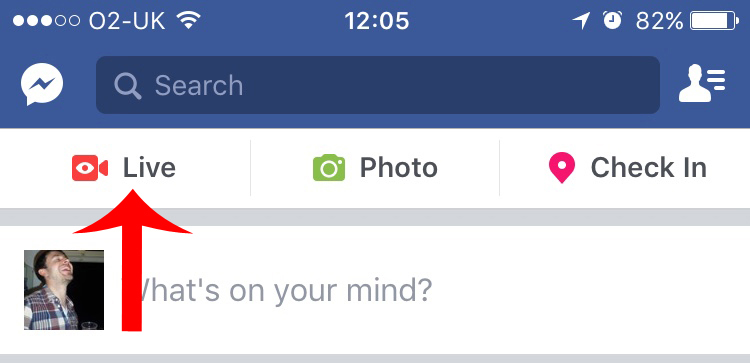In a move that surprised absolutely nobody, Facebook has finally completely rolled out their new Facebook Stories feature…at least here in the UK and Ireland.
At present the Facebook Stories feature, which is almost identical to Instagram Stories, which in turn is a carbon-copy rip-off of Snapchat Stories, is only available to personal account holders.
This means that, for now, the Stories feature is inaccessible and unavailable to Facebook business and brand pages. That could of course change in the coming months.
This entire episode, Facebook’s aggressive replication of the feature invented by Snapchat, leads me to consider one key question – why?
No-one can truly say or know why, unless they’re coming from Facebook HQ, but I think that it points us towards two trends that will continue to grow and develop…
Micro Content
Social media is filled with micro content in varying forms nowadays. A quick scroll through your Facebook newsfeed will most likely reveal countless 10, 20 and 30 second videos.
The same can be said of Instagram and Twitter, the birthplace of micro content as we know it today, where one piece of text, image or video is all people want.
Of course there are exceptions to the rule and certain channels and mediums (such as podcasting, long-form journalism and YouTube shows) thrive with longer forms of content but as a whole the trends seem to suggest that we love bite-sized chunks.
Snapchat discovered this and Facebook, via Instagram, has simply replicated the process indicating that they think this form of messaging and entertainment is here to stay or get bigger!
Storytelling
This leads us to my next point, storytelling.
Storytelling in marketing isn’t a new concept (far from it!) but in years gone by, even in the digital age, it was done at a much slower rate over the course of weeks and months.
That all changed with the introduction of tools like Twitter where people and businesses could provide quick updates and messages literally all day and night if they wished.
Snapchat Stories, and the new Instagram and Facebook replications, took this one massive step further by giving brands and businesses the ability to story tell quickly, easily and most importantly, visually.
Now consumers and fans can dip in and out of the “stories” of their favourite personalities, brands and businesses at will, whenever they want to. All of this is again made easier for consumers to do because everything is now micro (point one!) so they don’t feel like they have to commit so much time and attention to the content if they don’t want to.
This new level of access has also lead to countless new creative storytelling avenues whilst also opening up more casual and comfortable ways to communicate and engage and the entire episode hints at storytelling becoming even more powerful and important as we move even further into social and digital marketing!
--
If any of this has got the dusty old cogs in your brain turning about your own business or project you can get in touch with me here!
